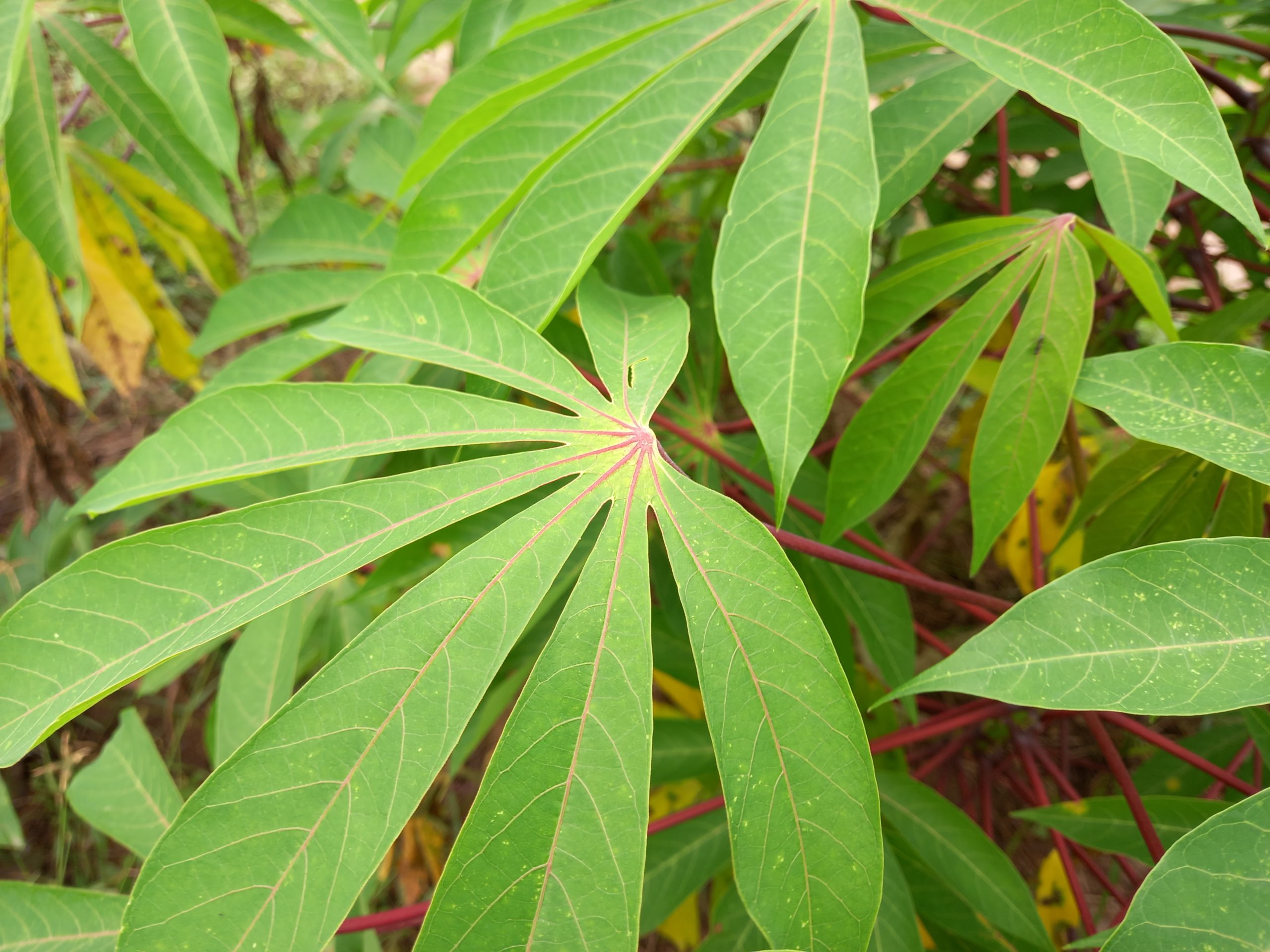By the early 2000s, the Van Yen District in Yen Bai Province, Vietnam, had experienced yield loss and food insecurity due to unsustainable practices, such as intensive farming and monocropping. These practices reduced forest coverage to accommodate agricultural production and depleted the lands of vital nutrients. The worsened condition of the lands bred pests and diseases that destroyed crops.
To restore degraded lands and boost agricultural production in the district, the Department of Agriculture and Rural Development launched an agricultural project in 2003. It introduced cassava-based conservation models to replace the resource-intensive strategies that maximized possible yield at the expense of the environment. Only a few years after its launch, farmers have already started feeeling the benefits. 17 year in, the project offers a variety of learning points. Therefore, in 2019, the CGIAR Research Program on Climate Change, Agriculture and Food Security in Southeast Asia (CCAFS SEA) worked with the Vietnam National University in Agriculture (VNUA) to assess the progress of the project.
The assessment offered insights to CCAFS SEA on how to generate outcomes and impacts through vertical (policies and institutions) and horizontal (farmer-to-farmer; landscape-to-landscape) scaling. It was conducted through quantitative and qualitative methods, gathering information from 488 farmers across six communes in the district. Specifically, the farmers provided information on productivity growth, yield stability, investments, gender equity, and levels of participation in trainings and meetings, among other variables. VNUA and CCAFS SEA also collected soil samples to assess the level of soil restoration achieved in specific areas.
CASSAVA MODELS INTRODUCED
The initial conservation models introduced were cassava-contoured forage barriers and cassava-contoured fallopian barriers. The former involves planting cassava on specific plots within the field boundary. Along the contour lines, forage barriers are built to serve as livestock feed and in turn reduce costs of farmers. The latter, meanwhile, consists of planting cassava and leguminous fallopian species together to control soil erosion and restore soil fertility. However, unlike forage, fallopia cannot be fed to livestock.
https://ccafs.cgiar.org/news/triple-win-economic-environmental-and-social-benefits-planting-cassava




